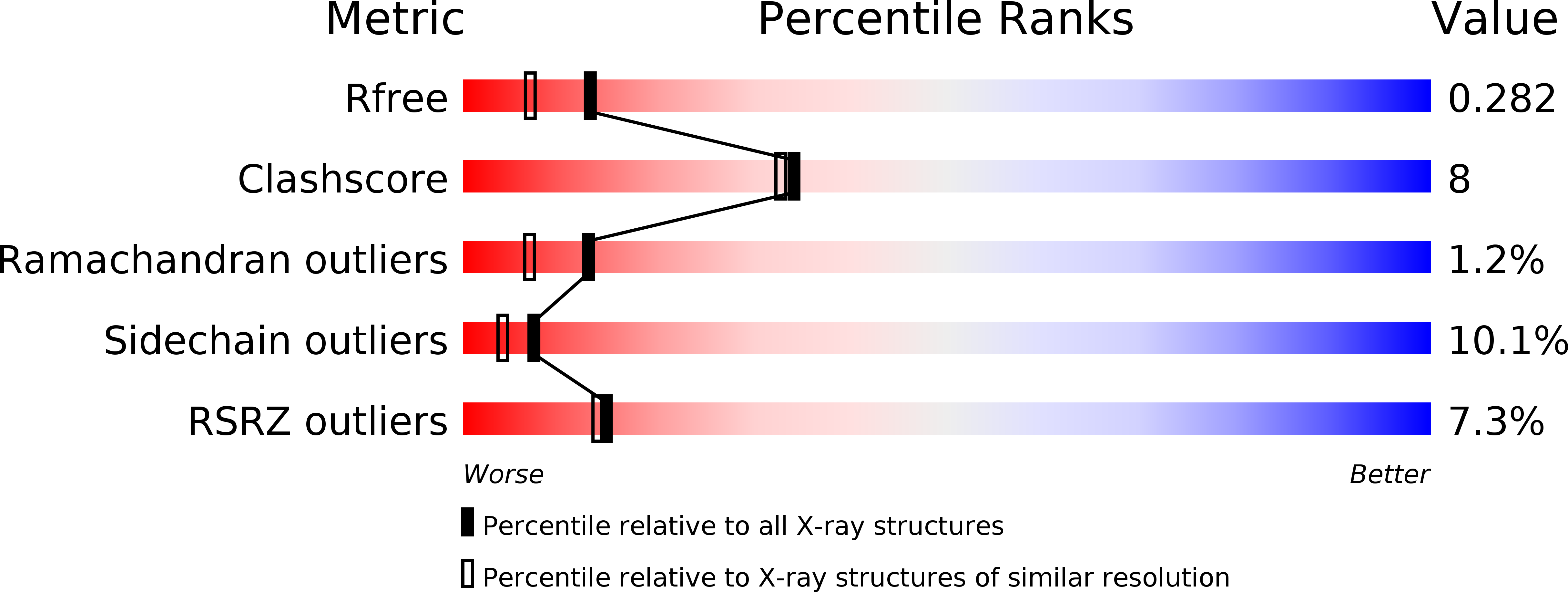
Deposition Date
2009-06-12
Release Date
2009-08-25
Last Version Date
2023-09-06
Entry Detail
PDB ID:
3HTU
Keywords:
Title:
Crystal structure of the human VPS25-VPS20 subcomplex
Biological Source:
Source Organism:
Homo sapiens (Taxon ID: 9606)
Host Organism:
Method Details:
Experimental Method:
Resolution:
2.00 Å
R-Value Free:
0.27
R-Value Work:
0.23
R-Value Observed:
0.24
Space Group:
P 1 21 1


